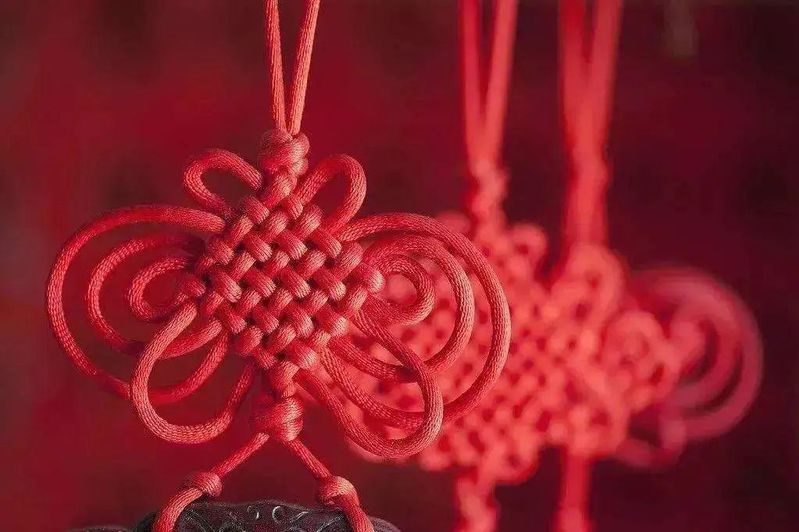
Auther:2023-05-30

At the beginning, the practice of tying knots proceeded from production and daily life needs. The tying of knots was a laboring skill, meanwhile, it was a method for assisting memory. The well-developed knotting skills of ancient China were directly related to the extensive use of knots in people's daily life. Traditional Chinese costumes are mainly tied with belts, and the wearing of jade ornaments has been popular in the Chinese society; these two have also helped improve the development of knotting skills.
Chinese knotting is different from the knotting methods of other ethnic groups mainly in the following aspects: Chinese knots are woven with one single strand; they are tight and complicated in structure, do not easily become loose, and are very practical in use. Most Chinese- style knots are symmetrical both with left and right parts and with front and reverse sides, conforming to the traditional Chinese habit and aesthetic view of decoration; and the weaving methods of many basic knots can be combined together to showcase strong changeability and decorativeness.
Chinese knots have a wide range of patterns, including truelove knots, panchang knots, wanzi knots and wintersweet knots. These patterns are not only exquisite and beautiful, but also carry auspicious and celebrative meanings. One example is truelove knots, which use two colored strands tangled together. In the weddings of ancient times, truelove knots were used in many ceremonies between bride and bridegroom. Truelove knots are often used to express love. It is said that Su Xiaoxiao, a beauty of the Qi Dynasty (479-502 AD), once came across a man and fell in love with him while taking a ride outdoors. She wrote a poem to express her feelings, writing, Where to make our truelove knots?
In the 1980s and 1990s, Chinese knots were in vogue both in China and among overseas Chinese, thus becoming craftworks full of the characteristic of Chinese culture.

